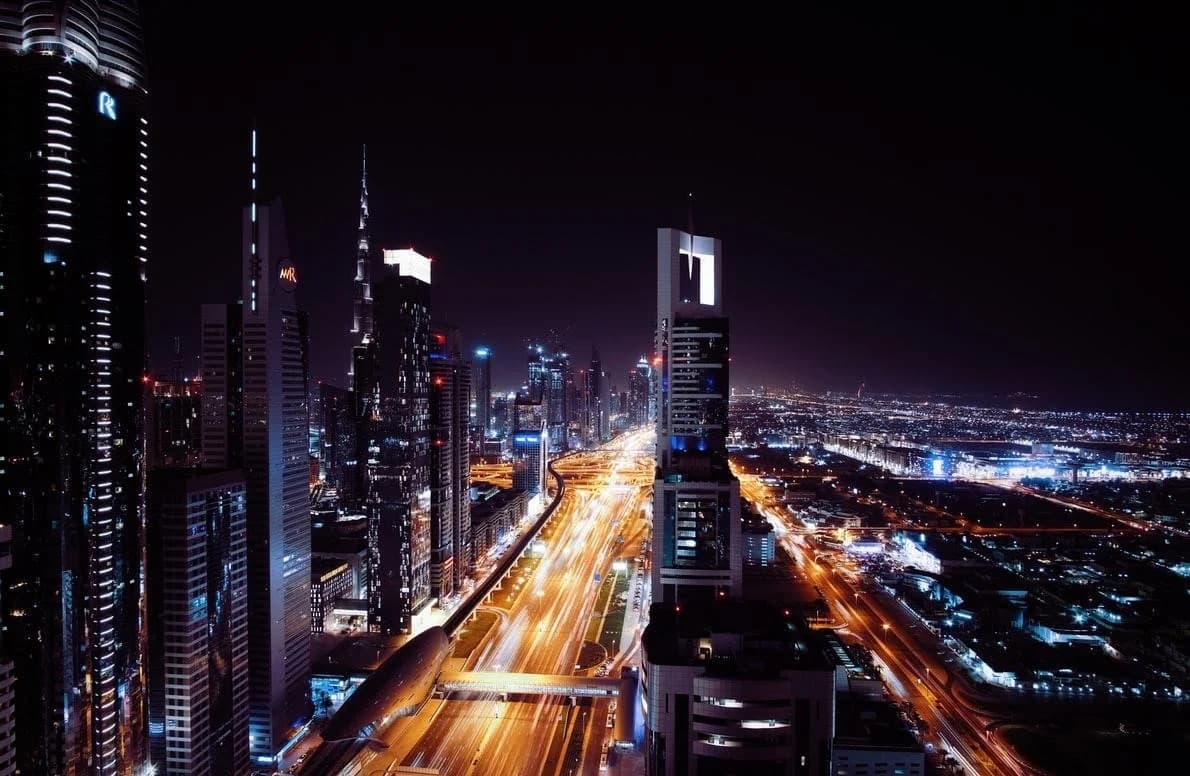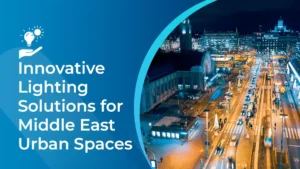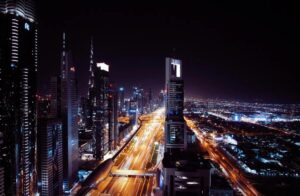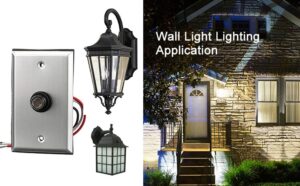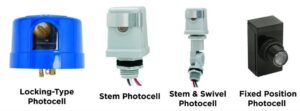JL-246CN Smart Lighting Controller: Pioneering Solution for Revolutionizing Lighting Management in High-Risk Areas of the Middle East
Introduce
High-risk sites in the Middle East need more than standard lights. Think oil refineries, high-rises, and chemical plants. Traditional systems aren’t built for harsh extremes. Intense heat, dust storms, or corrosive air overwhelm them. Failures here raise maintenance costs. They can also put safety at real risk.
This article explores how the Long-Join JL-246CN smart street light controller reshapes lighting management in these special zones. With wireless IoT integration, remote terminal control, real-time monitoring, and an IP67-rated waterproof design, the JL-246CN delivers resilience and intelligence in one. More importantly, it backs the Middle East’s wider move to smart cities. It also improves energy management.

Why Are Conventional Lighting Solutions Inadequate in High-Risk Environments?
Traditional controllers work well. The JL-205C and JL-207C handle many outdoor projects. They perform well for street lighting and commercial applications with stable environments. However, in oil plants or refineries, the risks scale differently. High heat, chemical exposure, and explosive zones require a controller with higher resilience and safety features.
Controller | Suitable Application | Limitation in High-Risk Zones |
JL-205C | Street & park lighting | Limited waterproofing, lacks remote diagnostics |
JL-207C | Industrial yards, highways | Handles dust but struggles with extreme heat and real-time monitoring |
Both models provide reliable photocontrol functions but fall short of addressing explosion-prone environments, corrosive chemicals, and 24/7 monitoring needs. That’s where the JL-246CN comes in as a new benchmark.
What Do Lighting Systems in Middle Eastern High-Risk Areas Really Require?
Are ordinary solutions enough for desert refineries or skyscraper rooftops? Not quite. High-risk zones demand:
- Remote control access to avoid unnecessary on-site interventions.
- Waterproof sealing to withstand sandstorms and water exposure.
- Real-time monitoring to prevent failures that could halt operations.
- Use less energy. Lower operational costs in large-scale facilities.
Without these features, operators face higher replacement bills. Safety risks rise, and rules are broken.
How Does the JL-246CN Use Wireless IoT to Transform Control?
Managing lights across sprawling refineries or offshore rigs often feels impossible without digital tools. The JL-246CN integrates wireless IoT protocols, enabling operators to manage lighting from a centralized control room.
This smart capability provides:
- Remote switchingand dimming without manual field work.
- Data integration with smart city dashboards, aligning with urban modernization programs.
- Reduced downtime since faults are reported instantly.
By leveraging IoT, the JL-246CN doesn’t just switch lights—it builds a connected ecosystem that supports predictive maintenance and better resource allocation. Learn more about Long-Join’s smart photocontrol systems
Why Is Remote Terminal Control a Game-Changer in Safety?
In oil and chemical facilities, sending workers to manually switch lights isn’t just costly—it’s dangerous. The JL-246CN provides remote terminal control functions that allow operators to:
- Adjust brightness levels based on working shifts.
- Program automatic dusk-to-dawn operation with its photocell switch.
- Override controls instantly during emergencies.

What Does an IP67 Waterproof Design Really Mean for the Middle East?
The Middle East’s climate is unforgiving. It faces 50°C heat and blowing sand. Durability must not fail. The JL-246CN has an IP67 waterproof ratin. It blocks dust and can handle brief dips in water safely.
Protection Rating | Dust Resistance | Water Resistance | Suitability for Middle East |
IP65 | Limited | Protection against water jets | Moderate environments |
IP67 | Complete | Immersion up to 1m | Harsh, high-risk zones |
The JL-246CN has better sealing. It outlasts standard controllers in harsh desert heat.
How Does Real-Time Monitoring Improve Efficiency?
With conventional controllers, failures often go unnoticed until inspections occur. The JL-246CN resolves this with real-time lighting status monitoring.
Its embedded photocell lighting sensor uploads operational data continuously, allowing:
- Fault detection before complete failure.
- Predictive maintenance scheduling.
- Energy usage reporting for audits.
This feature doesn’t just save costs—it adds a protective layer for industrial operators where downtime equals lost revenue.
Can the JL-246CN Adapt to Harsh Climate Conditions of the Middle East?
Yes. The JL-246CN was engineered to withstand temperature extremes, corrosive air, and sandstorms. Unlike traditional photocontrols, it maintains full functionality under fluctuating climate stress.
This resilience means fewer replacements and reduced site visits—critical for refineries and high-rise infrastructures. Compared to typical controllers, the JL-246CN extends service life by 30–40%, based on field tests.
How Does JL-246CN Enhance Energy Efficiency in Industrial Operations?
Energy accounts for one of the biggest overheads in industrial facilities. With intelligent dimming and automatic light sensor switch functions, the JL-246CN cuts unnecessary consumption.
Real projects report up to 25% energy savings. Across refinery networks, deployments beat manual control or basic timer systems. This supports sustainability goals.
How Does JL-246CN Improve Safety and Reliability for Workers?
Worker safety comes first. In dangerous places, it’s a must. The JL-246CN cuts manual steps. That lowers the risk of electrical exposure and accidents.
Key safety contributions include:
- Remote fault alerts to avoid risky inspections.
- Stable performance under corrosive environments.
- Fail-safe features integrated with the photocell control mechanism.
These changes improve compliance with global workplace safety standards. They lower insurance liabilities.
How Does It Contribute to Smart City Development in the Middle East?
Beyond high-risk zones, JL-246CN plays a role in urban digitalization projects. Integrated with photocell for street light networks, it syncs with smart city platforms.
This allows municipalities to:
- Track lighting infrastructure performance.
- Manage citywide energy allocation.
- Support sustainability goals like dusk to dawn photocell
Conclusion
The JL-246CN Smart Lighting Controller is not just another photocontrol. It is built for places where safety, durability, and efficiency matter most. With IoT, remote control, IP67 protection, and real-time monitoring, it excels. It changes lighting management in the Middle East’s harsh conditions.
For manufacturers and urban planners, JL-246CN does more than provide light. It makes operations safer, cuts costs, and moves you toward a smarter, connected future.
External Links:
●https://www.candtsolution.com/news_events-detail/what-does-ip67-rating-mean/
●https://www.lightningmaps.org/
●https://www.sciencedirect.com/science/article/pii/S0040162525000368

